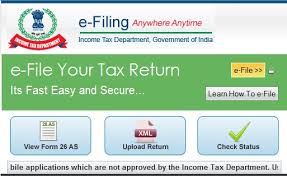 With the income tax department allowing ample time for filing returns, many taxpayers take it easy.
With the income tax department allowing ample time for filing returns, many taxpayers take it easy.
For the income earned in the past financial year (FY16), a taxpayer can file returns up to March 2018. However, sticking to the first deadline of July 31 has its benefits.
Say, you make a mistake while filing returns – it can be a wrong computation or incorrect bank account details.
If you file returns on time, the income tax (I-T) department will allow you to revise it as many times as you wish until the end of the assessment year.
In case of belated filing, the taxpayer loses this advantage.
“Not being able to revise returns can lead to problems. For example, in case of wrong computation, the department can send a notice. Incorrect bank account details can delay refunds,” says Vikram Ramchand, founder, Makemyreturns.com.
Missing the first deadline also means that the taxpayer cannot carry forward certain losses.
The Income Tax Act allows individuals to carry forward losses under the ‘capital gains’ head and also business losses for professionals and businesspersons.
These can be adjusted against the future gains for up to eight years.
Due to the correction in stock market in the last financial year, many investors would have suffered a loss in their equity trade.
Filing returns on time can help them utilise these losses in the coming years.
“The only loss that’s allowed to be carry forward for latecomers is the loss from house property,” says Ramchand.
This is the deduction that a person gets on the interest portion of a home loan under Section 24.
Though the deduction can be claimed in the subsequent year, the total limit for deduction will remain Rs 2 lakh for first-time home buyers. In case of a house property that’s not self-occupied, the entire interest can be claimed as deduction.
For those filing belated returns, they will also need to shell out a penalty.
There will be a one per cent penalty every month under Section 234A on the liability if the return is not filed on time, according to Kuldip Kumar, partner and leader (personal tax) at PwC India.
Professionals and businesspersons will also need to pay one per cent penal interest per month under Section 234B, if 90 per cent of the tax is not paid by March 31.
If you don’t file returns at all, there are provisions in the I-T Act that say if the tax due is more than Rs 3,000, the taxpayer can be prosecuted and jailed.
Ramchand says that in his experience, he has also seen that those who file returns on time get faster refunds and their filing is processed quickly, too.
Last year, many taxpayers who filed before the deadline got refunds within a fortnight, according to Ramchand.
However, in case of belated filing, the processing and returns are both delayed – it can easily take six to eight months.
Also, those filing belated returns usually see that their refund amount is adjusted against some pending tax demand of the past, according to tax experts.
Although this is not a rule, tax experts say such cases of adjustments are higher for those filing belated returns.
PwC’s Kumar points out that in the recent Union Budget, the period of filing returns has been reduced from two years to one year.
Taxpayers will need to file returns before the end of the relevant assessment year.
This will apply from the next assessment year.
Therefore, it’s beneficial, one should start filing returns on time to avoid hassles later.
Read Source: Rediff.com
 The Income Tax department has launched an ATM-based validation system for filing e-ITRs by taxpayers as part of its measure to enhance the paperless regime of filing the annual IT returns.
The Income Tax department has launched an ATM-based validation system for filing e-ITRs by taxpayers as part of its measure to enhance the paperless regime of filing the annual IT returns.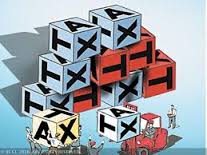
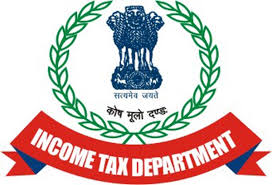
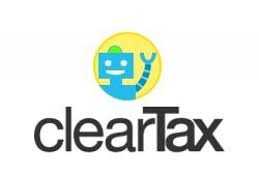
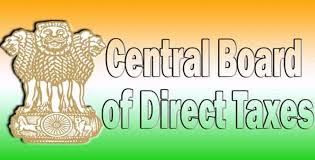
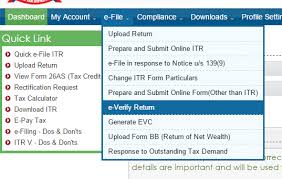
The department has begun publishing the names of tax defaulters in leading national dailies since last year and has named 67 such defaulters from across the country till now with their vital details like addresses, contacts, PAN card number and shareholders in case of companies.
The earlier exercise was restricted to people with huge defaults to the tune of about Rs 20-30 crore but the new measure will bring to the fore those names who have defaulted a tax of Rs 1 crore or more. “It has been decided to ‘name and shame’ all category of taxpayers including personal and corporate taxpayers who have a default of Rs 1 crore and above by March, 31 which is the end of 2016-17 financial year.
Source: http://indianexpress.com/article/business/economy/it-dept-to-name-and-shame-crorepati-defaulters-this-fiscal-2817347/#sthash.jCduzRT8.dpuf